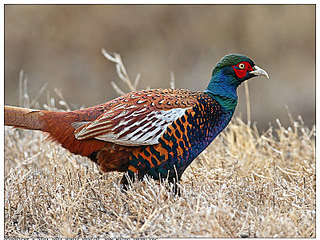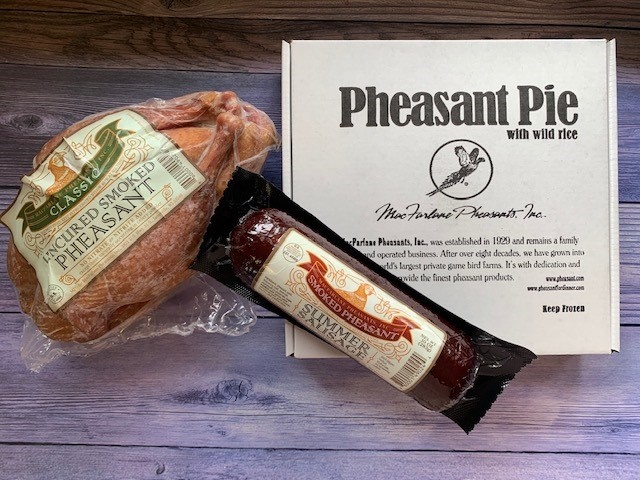Spring Rains on Pheasant Heads
It has been a wet Wisconsin spring, to say the least. We’re only two-thirds of the way through June and already we’ve received our monthly average of rain in full. When it rains, it pours, like they say. But though the rain can make life difficult, it’s something MacFarlane Pheasants has learned to work around.
Our biggest consideration with rain is for our birds. At this point in the year, the vast majority is housed outdoors in pens. But though mature pheasants let the rain quite literally roll right off their backs, it’s not the same for birds fresh from the brooder barn.
Our barns are dry to discourage mold, fungus, and respiratory ailments in pheasant chicks. But the dry climate means that when juvenile birds are moved outdoors (around seven weeks old), they haven’t yet had their oil glands, nature’s version of water repellent, turn on. But here’s the thing: the only way the gland can be turned on is moisture. It’s a catch-22. The birds can’t turn their gland on without moisture, but too much moisture and the unprotected birds become soaked to the skin, catch hypothermia, and die.
The most important factor in transitioning young birds outdoors is finding a window of three to four days where there won’t be any rain—not the easiest this spring. Our saving grace has been the high temperatures we’ve received this year. It’s made it so that if the birds do take a little rain early in their time outdoors, it’s simply too hot for them to catch a chill. Because of this, the birds have naturally condensed their timetable for full waterproofing, and in as little as two days they’re fully prepared for adverse conditions, regardless of heat index.
The final piece of the puzzle is what our employees do when it rains. Working with pheasants is a lot like farming: the tilling, weeding, and miscellaneous chores we do require dry weather. To combat rain, we leave all the indoor chores on the back burner when the sun is high in the sky. Especially this spring, there have always been time to busy ourselves inside.
This spring has proved more challenging than any we’ve had in recent memory. The heavy rains have pushed us to be even more precise in how we transition our birds to the great outdoors, and our staff has come down with cabin fever from watching the rain from under the barns. But summer is just about here, and we couldn’t be happier for it. The clouds are going to break soon; we can feel it. Then it’s back outside for the work we know needs to be done.
Related Posts

Preparing Our Barns & Pens Each Spring
Read Post
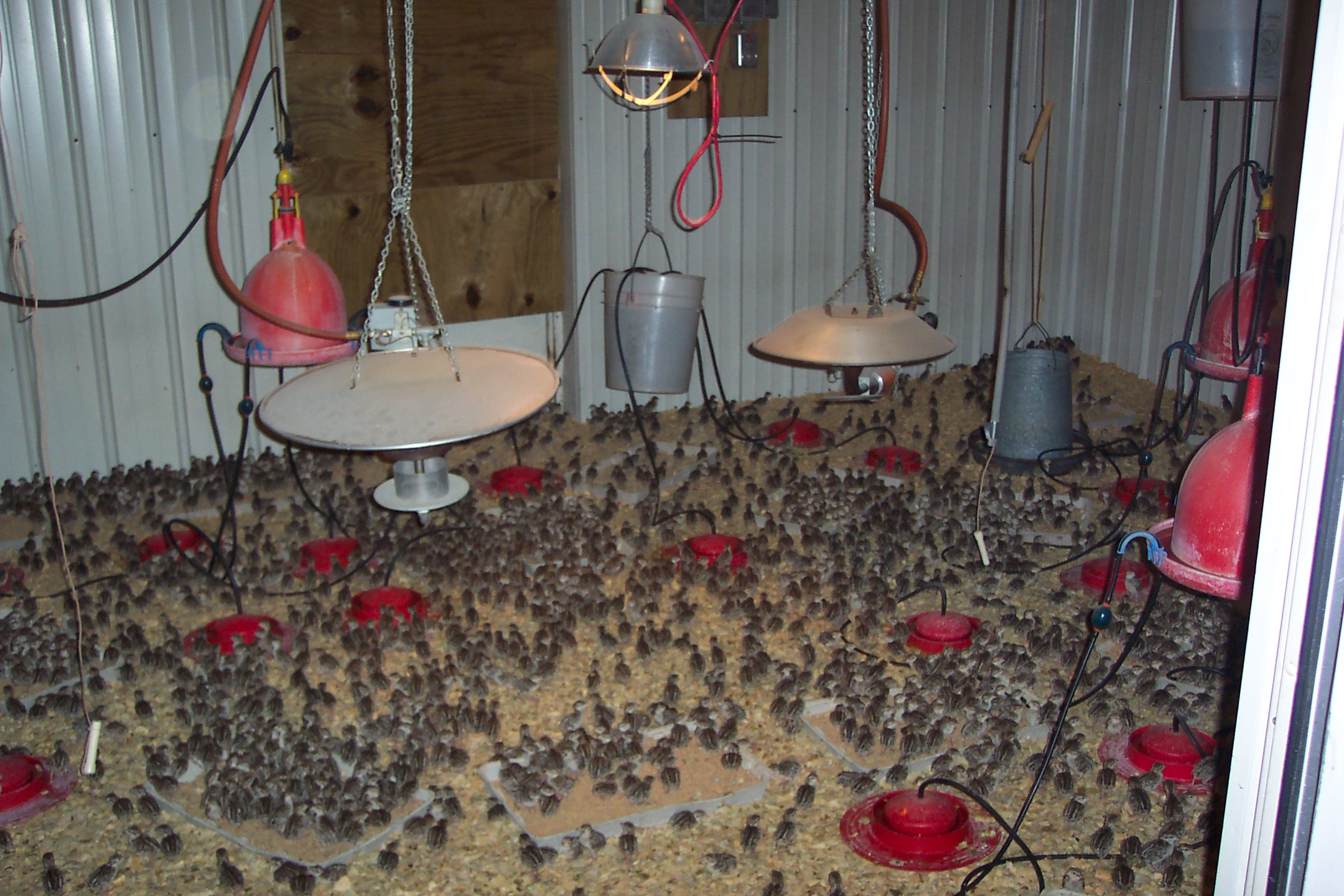
How We Prepare For Brooding Our Chicks
Read Post
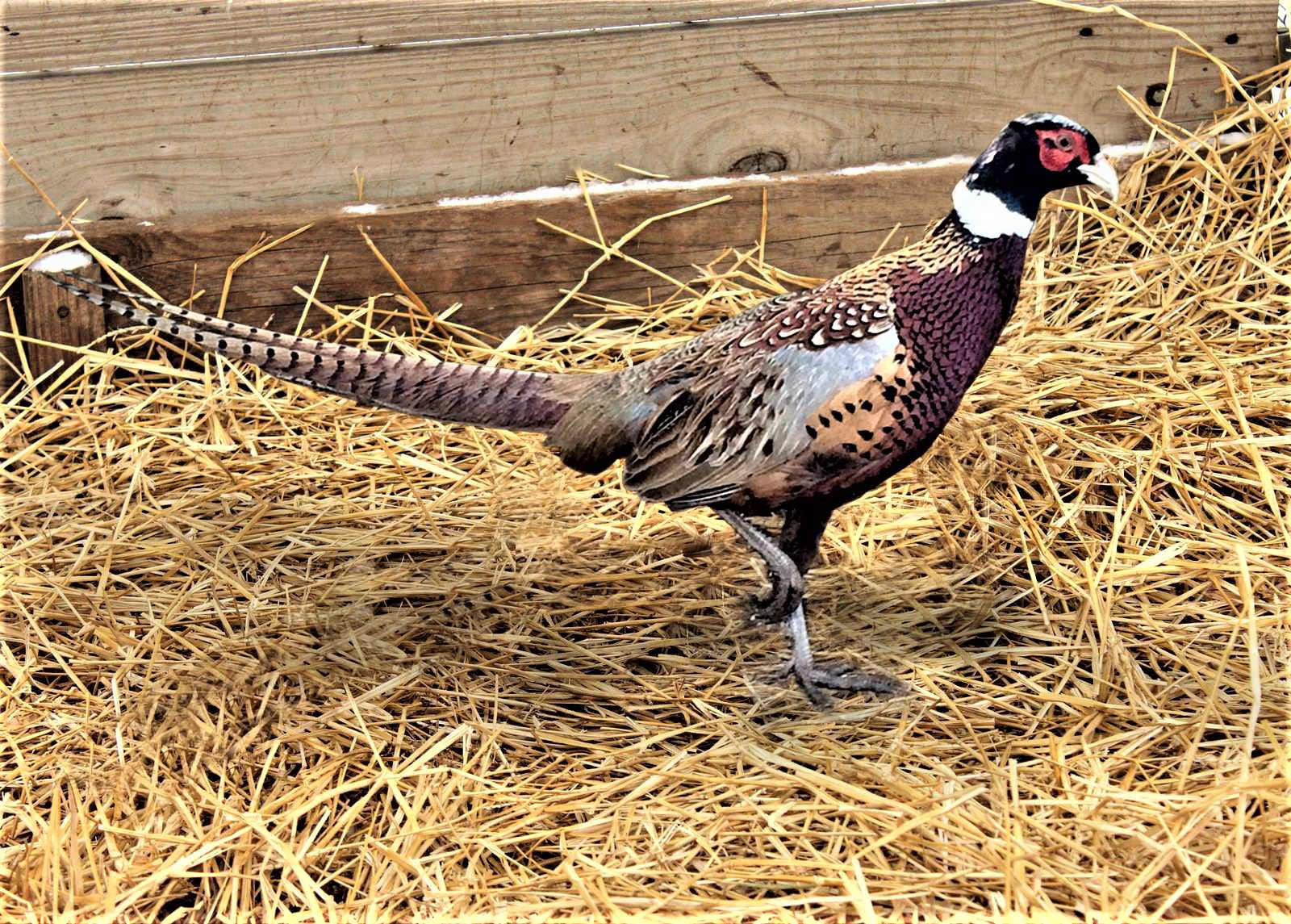
Our Milton Farm in 2024!
Read Post

10 Ways To Get the Most Out Of Brooder Barns
Read Post
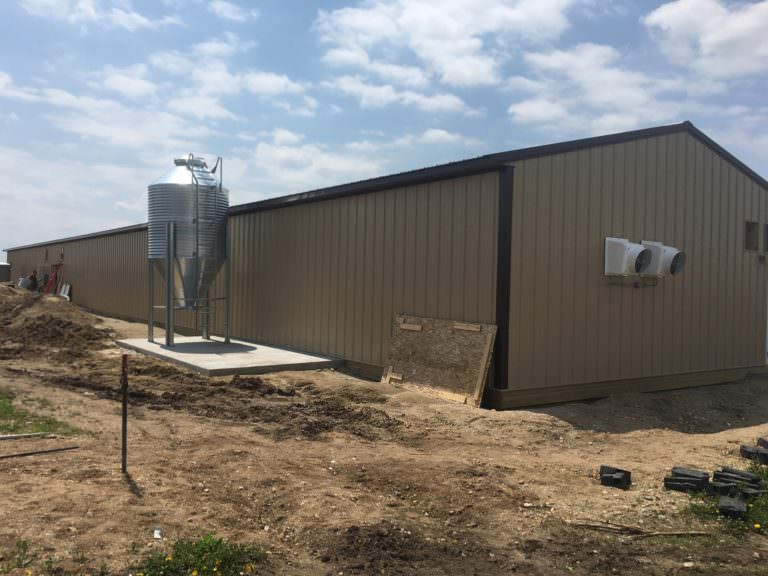
Air Flow in Barns
Read Post
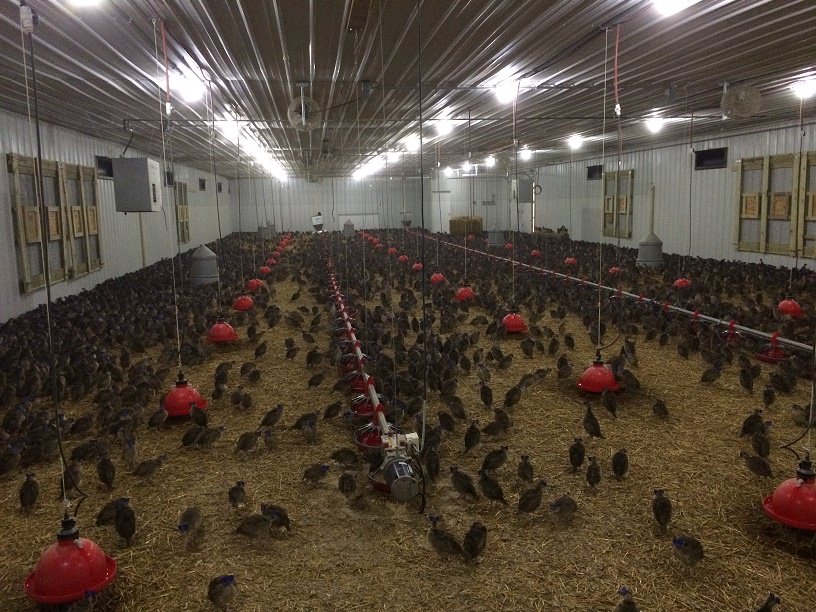
Barn Maintenance at MacFarlane Pheasants’ Milton Farm
Read Post

Best Bedding for Pheasants
Read Post
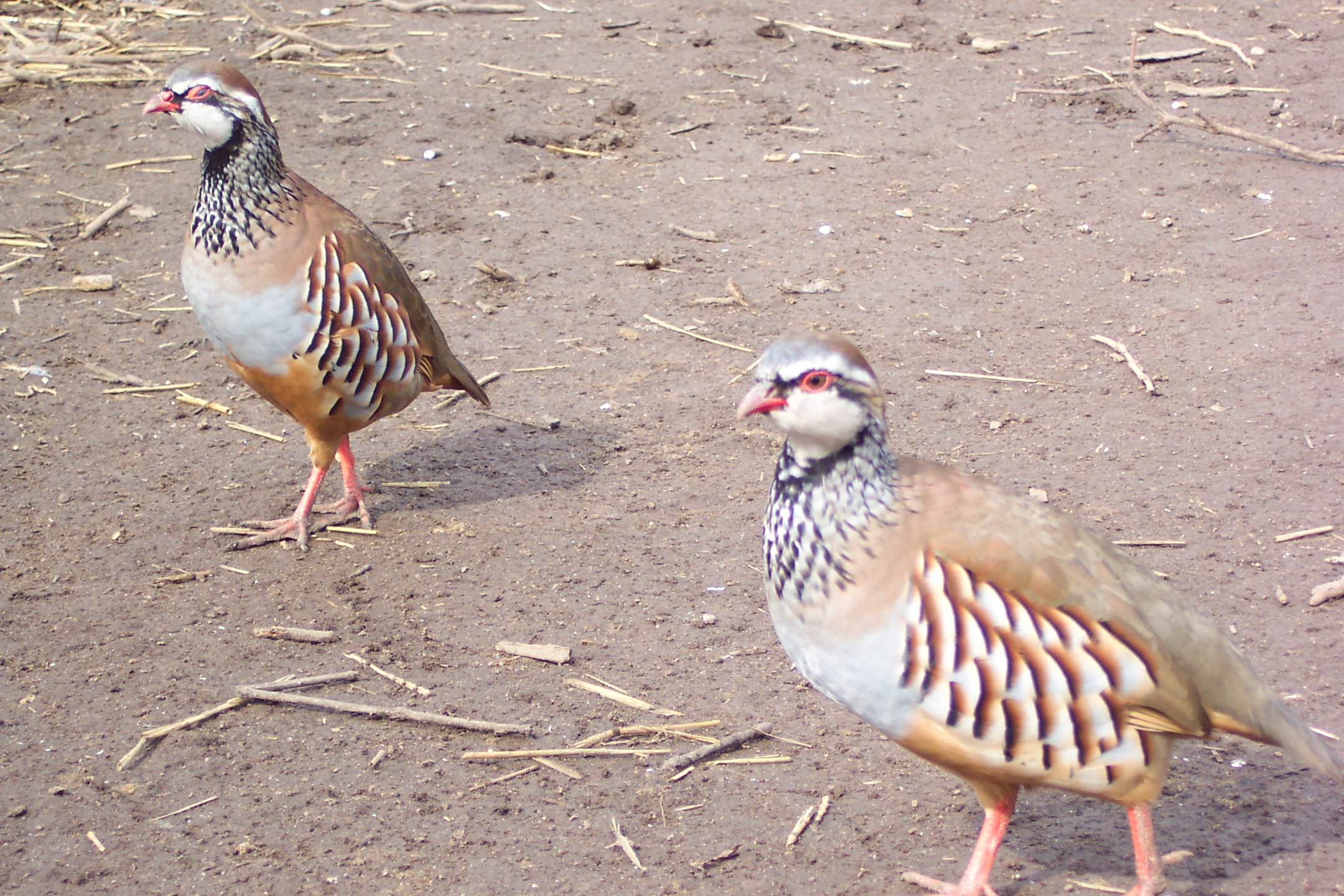
Birds On Top of Birds: Preventing Piling with Partridge Chicks
Read Post
Take Advantage of These Free Resources
As the biggest game bird farm in the United States, we want to share our experience with you. Download our free resources below and get started.

